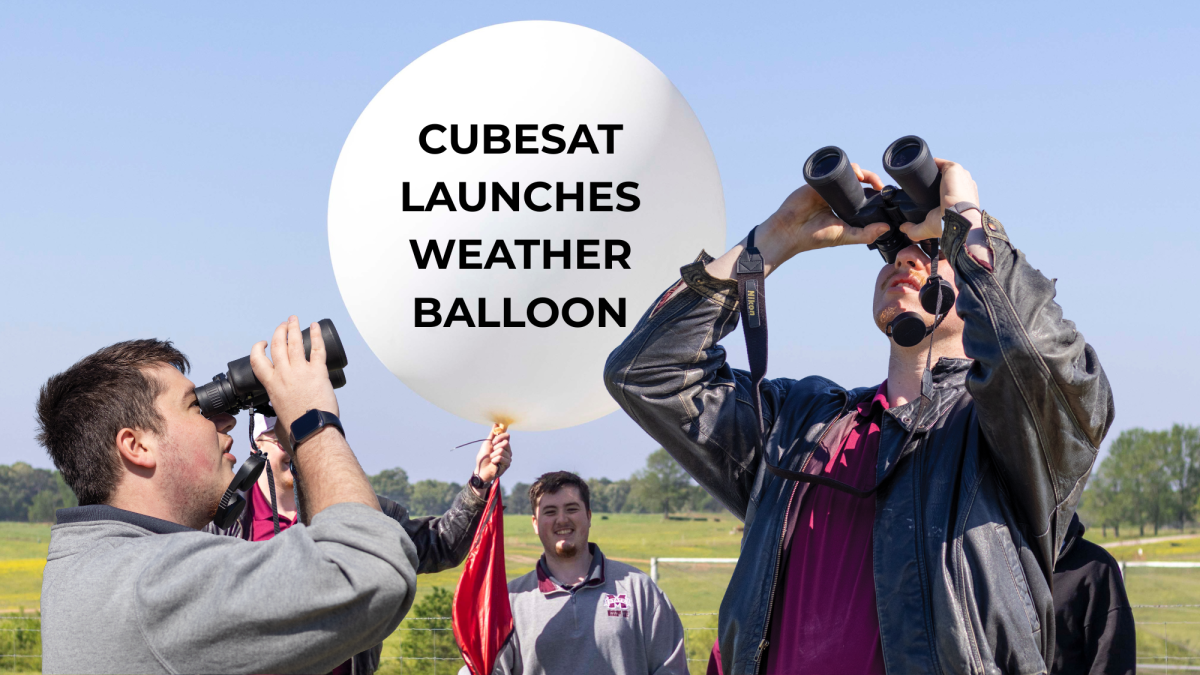After Mississippi State University Transportation announced major changes to the campus parking system for the 2025-2025 academic year, students responded with confusion, questions and concerns across social media.
The original Reflector article, outlining a complete overhaul of smaller parking zones, tiered permit pricing, and a new one-to-one permit ratio, quickly became one of the newspaper’s most-read stories of the summer, and many readers responded with questions on our social media graphic. In response, the Reflector followed up with Jeremiah Dumas, the executive director of MSU Transportation, to get clarification on the questions students are asking the most.
Why did MSU overhaul the old system?
In previous years, MSU used a broad zone model, such as Commuter East and Residential North, and allowed permit holders to roam across multiple lots within that classification. Dumas said that under this setup, zones were characterized by overcrowded lots and traffic congestion. This prompted MSU Transportation to reevaluate its models, with the assistance of the parking consultant firm Walker Consultants.
Now, permit holders will be limited to a single, smaller zone, such as B1 or C2. These zones contain smaller groups of parking lots than the previous zone model.
MSU will initially issue permits on a one-to-one ratio — one permit for every parking space in that zone. In theory, this approach is designed to prevent zones from exceeding their capacity. However, during the first few days of the semester, MSU Transportation will monitor usage and may adjust those ratios based on vacancy, potentially moving students off waitlists.
“In last year alone, on the commuter waiting list, we were able to pull 1600 off the commuter north waiting list,” Dumas said in a previous interview. “These waitlists work.”
Permit holders can also park in general-purpose zones in addition to their assigned zone. These include the M zones along Hail State Blvd. and the G6 zone near the track complex.
What is the tier system, and how does it work?
MSU is introducing tiered permit pricing. Under the new system, permits in more desirable zones, such as those closest to residence halls or academic buildings, will cost more than permits in zones farther away. This applies to both residents and student commuters.
However, the tier only refers to the price, not access. A tier 1 permit is not valid in multiple tier 1 lots. Each permit is still restricted to a single assigned zone.
Will there be enough parking spots for every student?
According to Dumas, yes, when accounting for every space managed across campus.
“When you consider every parking space we manage across campus, we should be able to handle anyone seeking a permit,” Dumas said. “But if not, our waitlist process will allow us to quickly move people into zones as we see spaces become available.”
What is the game day access fee for residents?
Residents who plan to leave and re-enter their zones during home football game days must purchase a one-time $5 game day permit. Game day passes used to be included with residential parking permits.
“If any resident has no plans to move their car during a gameday,” Dumas said, “they don’t need to purchase a permit.”
What is included in the bike and scooter permit?
For $10 this year, students must register and display a permit on their bikes and scooters. The goal, according to Dumas, is to better regulate where these devices are parked and operated. Unlike parking zones, there is no limit on the number of bike and scooter permits sold.
“The goal,” Dumas said, “is to continue to educate users and guide these devices into the proper areas so that we continue to decrease accidents and increase safety.”
When do permit sales begin?
Staff permit sales began on July 9, and resident and graduate student permit sales began on July 16. Undergraduate commuter permit sales will begin on July 23, starting at 8:00.
As of July 16 at 5:00 p.m., these zones are sold out:
- B1
- B2
- B3
- B4
- C3
- H1
- H2
- E1
- E3
- E4
- F4
Have more questions? Email news@reflector.msstate.edu, and we’ll continue following up.













